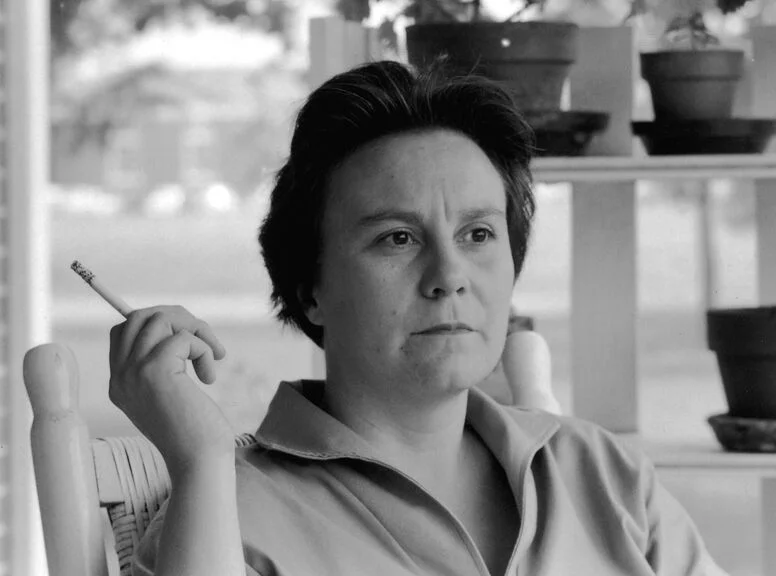Harper Lee’s literary legacy rests almost entirely on one novel—To Kill a Mockingbird, published in 1960. Despite its critical acclaim, Pulitzer Prize, and continued presence in school curricula, Lee did not release another novel for more than 50 years.
While readers and critics alike have speculated about her prolonged silence, the reasons are neither singular nor simplistic. A mix of personal choice, literary pressure, and a complicated relationship with publicity contributed to her long publishing hiatus.
Immediate fame and its psychological toll
When To Kill a Mockingbird was released, it quickly became a sensation. The novel resonated with American readers for its humane portrayal of racial injustice, moral integrity, and coming-of-age struggles. For an author in her mid-thirties, the intensity of public attention was overwhelming. Lee had not anticipated such swift and lasting fame. The quiet woman from Monroeville, Alabama, was suddenly at the center of a national conversation about race, ethics, and justice.
Not all writers are built for the spotlight. Lee was known for her modesty, privacy, and preference for quiet reflection over public discussion. The burden of sudden literary celebrity made the idea of producing a follow-up daunting. She often expressed discomfort with interviews and avoided the kind of promotional circuits expected of bestselling authors.
The pressure of expectations
Writing a second novel after a cultural phenomenon is a challenge for any author. For Lee, the expectations were not just high—they were immense. To Kill a Mockingbird wasn’t simply a well-written novel; it was viewed as morally urgent, educationally valuable, and socially necessary. To create a follow-up that could meet even a fraction of those expectations was a nearly impossible task.
Lee once commented that she felt she had said what she needed to say in her first novel. This sentiment suggests a belief that artistic expression is not always ongoing or repetitive. Rather than risk producing something that might disappoint her readers—or dilute the impact of her first work—she chose to remain silent.
Personal temperament and writing process
Lee was meticulous in her writing habits. She often revised for years, frequently scrapping drafts she deemed unsatisfactory. Friends and colleagues described her as self-critical, sometimes to the point of paralysis. She reportedly began several manuscripts after Mockingbird, including one about a serial killer and another set in New York, but none reached publication.
Her intense standards may have contributed to the long silence. Unlike some writers who release drafts under tight deadlines, Lee insisted on precision. Her reluctance to release unfinished or imperfect work reflected her deep respect for literature and her readers.
Legal and financial independence
Thanks to the success of To Kill a Mockingbird, Lee never faced financial pressure to publish again. Royalties from the book and its successful 1962 film adaptation provided lifelong security. This allowed her the freedom to write—or not write—on her own terms.
Moreover, she had few professional obligations to publishers. She was not contractually bound to produce sequels or series. In contrast to contemporary authors who operate within multi-book agreements, Lee had the autonomy to walk away from publishing entirely, and she exercised that option.
Her deep friendship with Truman Capote
Harper Lee’s long-standing friendship with fellow writer Truman Capote also shaped her literary life. She famously assisted Capote in researching In Cold Blood, accompanying him to Kansas and interviewing subjects. Her contributions were significant, and some sources suggest she even helped shape the tone and structure of the nonfiction novel.
However, the friendship grew strained over time. Capote’s increasing need for attention and control reportedly frustrated Lee. When In Cold Blood became another publishing phenomenon, their dynamic changed. Some critics believe Capote minimized Lee’s contributions, adding to her disillusionment with the literary world.
Her ambivalence toward literary institutions
Lee had a complex relationship with the literary establishment. Although widely respected, she often kept her distance from the academic and publishing elite. She turned down most invitations to speak or lecture, rarely granted interviews, and once described herself as a “compiler of words, not a celebrity.”
Her preference for silence extended to literary criticism as well. She never publicly commented on reviews of her work and discouraged biographers from probing her personal life. This self-protective instinct may have prevented her from submitting new material to an environment she viewed as overly intrusive or judgmental.
Go Set a Watchman and the controversy of posthumous publication
In 2015, decades after To Kill a Mockingbird, Lee’s Go Set a Watchman was published. It was presented as a sequel, but in reality, the manuscript predated Mockingbird and had been set aside during early drafts. The publication raised significant ethical questions.
- Lee had previously expressed reluctance to release unpublished work.
- She was in declining health and partially blind and deaf when the decision to publish was made.
- Some close to her questioned whether she truly approved of the release or if it was orchestrated by others.
The content of Go Set a Watchman also challenged readers. In it, Atticus Finch—iconic for his moral clarity in Mockingbird—is portrayed as having segregationist views. This revelation unsettled many fans and complicated Lee’s literary image. The novel was less polished and structurally awkward, likely because it was an earlier draft rather than a finished product.
Whether or not Lee intended for the manuscript to be published remains unclear. What it demonstrated, however, was that she had once experimented with broader, more politically ambiguous characterizations—before deciding to rewrite them into the form that became To Kill a Mockingbird.
Impact of silence on literary reputation
Harper Lee’s long silence only intensified the cultural importance of her debut novel. To Kill a Mockingbird became a singular artifact, frozen in time and uncontested by later works. Its legacy was protected by the absence of sequels, spin-offs, or reinterpretations.
By withholding further novels, Lee allowed readers to return repeatedly to the same text, deepening its interpretation across generations. Teachers, students, and activists continued to mine its pages for insight into morality, justice, and empathy.
Her decision not to publish again was an assertion of agency rather than withdrawal. In a world where productivity is often equated with relevance, Lee’s refusal to produce more could be seen as a defense of artistic integrity. She gave literature one complete work that continues to provoke thought, inspire debate, and invite reflection—not despite its solitude, but because of it.


